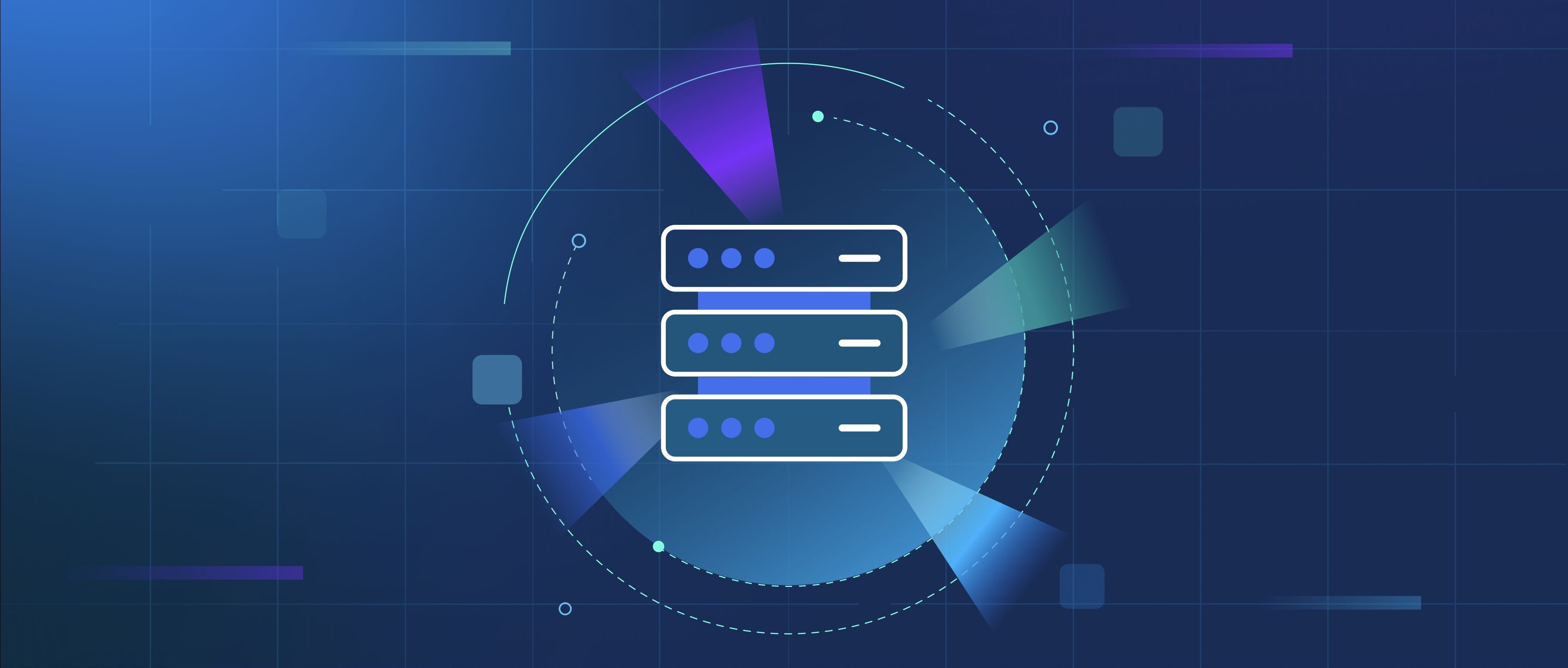DeepResearch can enhance educational content creation by automating data aggregation, personalizing learning materials, and ensuring alignment with educational standards. Here’s how:
1. Automating Resource Aggregation and Curation DeepResearch can streamline the process of gathering and organizing educational content. For example, a teacher designing a unit on climate change could use the tool to pull the latest scientific studies, news articles, and multimedia resources (e.g., videos, infographics) from curated databases. The system could filter out outdated or irrelevant materials, saving hours of manual research. Additionally, it could suggest interdisciplinary connections, like linking climate science to economic or policy discussions, ensuring lessons are comprehensive and up-to-date. Developers could design APIs to integrate with platforms like JSTOR or YouTube, enabling seamless access to vetted sources.
2. Personalizing Content for Diverse Learners By analyzing student performance data, DeepResearch could tailor lesson plans to address knowledge gaps or learning preferences. For instance, if a math teacher notices students struggling with fractions, the tool could generate differentiated activities—such as visual tutorials for visual learners or interactive problem sets for hands-on learners. It might also adapt pacing; for advanced students, it could recommend enrichment materials like research papers or coding challenges. Developers could implement machine learning models that track student progress and adjust content recommendations in real time, ensuring scalability across classrooms.
3. Aligning with Standards and Curriculum Goals DeepResearch can ensure lessons meet institutional or governmental standards (e.g., Common Core, NGSS). A history teacher creating a unit on the Civil Rights Movement could use the tool to map lesson objectives to specific standards, automatically generating assessments that evaluate critical thinking or historical analysis skills. The system might flag gaps—like a missing focus on primary source analysis—and suggest activities to address them. Developers could build validation workflows that cross-reference lesson components with standards databases, reducing administrative overhead for educators.
By addressing these areas, DeepResearch would empower educators to focus on pedagogy rather than administrative tasks, while ensuring content is relevant, inclusive, and rigorous. Developers should prioritize intuitive interfaces and interoperability with existing tools (e.g., LMS platforms) to maximize adoption.
